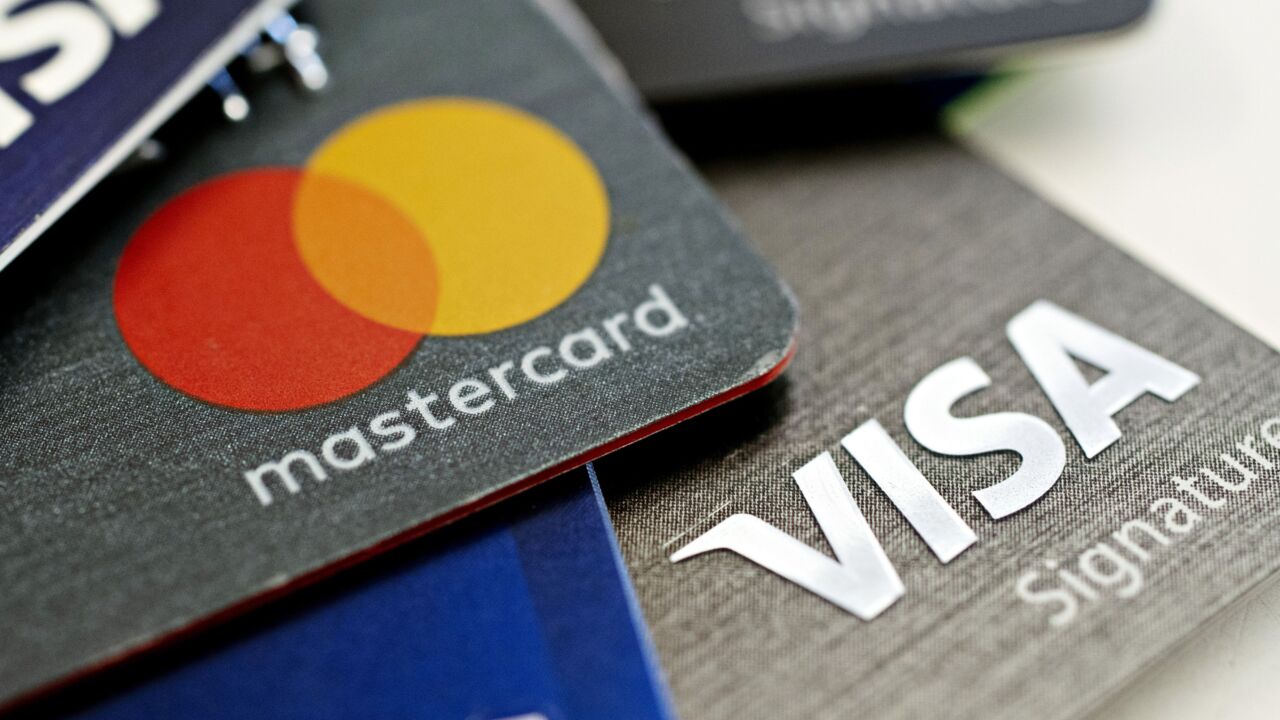For companies like Uber and Lyft, which need the payment process to be as seamless and invisible as possible, Apple Pay might seem like an answer to their prayers. In fact, Apple Pay and rival mobile wallets fall very short of delivering what the two ride-sharing heavyweights need.
“There’s been a strategic error on the part of … the ‘Pays’ — whether it’s Android or Samsung or Apple — in some ways, in marketing the physical point of sale ‘Gee whiz, tap your phone’ aspect of the wallet, when in reality that’s not the thing that’s broken,” said Brian Crist, chief payments counsel for Uber Technologies, at SourceMedia’s annual PayThink conference taking place this week in Phoenix.
This is more than just a gripe that Crist wants resolved; Uber and Lyft had both indicated that they could take matters into their own hands to address the shortcomings of the current crop of mobile wallets.

The various wallets don’t advertise their interoperability with other payment methods, even though merchants and issuers know they play nice with one another — how is a consumer to know Visa Checkout accepts non-Visa cards, Crist asks. This issue could easily mislead consumers into thinking they can’t complete a purchase without going to a different merchant, he said.
“In creating this brand differentiation, they’re actually obscuring the fact that there are standards underpinning this stuff,” Crist said. “That’s why the existing incumbents that have your card on file like Amazon still kill it in the mobile space.”
The situation is similar at Lyft, which views the payment as a point of friction even though it happens far below the surface of the user interaction.
There are three points of friction to requesting a Lyft ride for the first time, according to Ashwin Raj, Lyft’s vice president of payments, who also spoke at PayThink. Those pain points are downloading the app, setting up an account and adding a payment card.
On the mobile device, adding a payment card is tedious enough that if the user has other options, he or she may opt for an alternative rather than update the card and request a Lyft, he said.
“It becomes a point of friction, not only on the first time,” because eventually the card on file might expire or get canceled, Raj said. And the user will only be prompted to update the card when requesting a ride. “You’re not sitting there on a Sunday evening thinking, ‘I’m going to update my Lyft card,’ ” he said.
Apple Pay would seem to solve that problem by using the card on file with Apple, but the trade-off is in shifting the customer relationship to Apple, thus depriving Lyft of other data that it can use to determine the rider’s ability to pay.
“We don’t have a direct relationship at that point with that customer who’s signing on using Apple Pay,” Raj said. “All we know is a token, at that point. That is less preferable.”
If the banks and wallet providers don’t address these issues, Uber, Lyft and other gig economy players may feel compelled to build their own wallet apps to solve their problems. Raj discussed a potential future where an autonomous car, linked to a user’s Lyft app, would be able to buy coffee with the rider’s credentials before picking up that passenger.
Uber’s approach would use application programming interfaces (APIs) to duplicate what the Octopus card in Hong Kong does in handling both transit fare and purchases at local merchants.
“What we’re working on, I don’t even want to call it a wallet,” Crist said. “One thing that we continue to look at is trip experience … could you pay for a restaurant, for example? Could you pay for your theater tickets through the experience?”
These are specific needs that are linked to the Uber ride, and merchants would have to enable those through APIs, Crist said. If this project is implemented as he described, it would indeed fall short of the definition of an open-loop wallet, but it would also bypass Apple Pay, Android Pay, Samsung Pay or any bank-branded wallet as the payment mechanism for those merchants.





